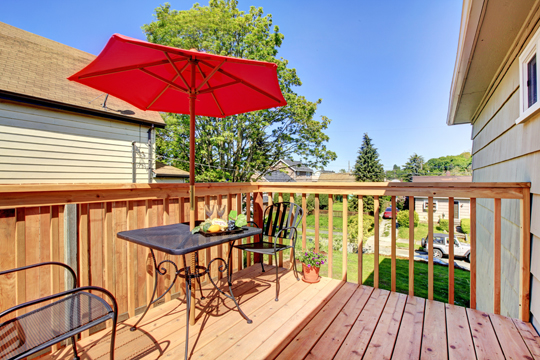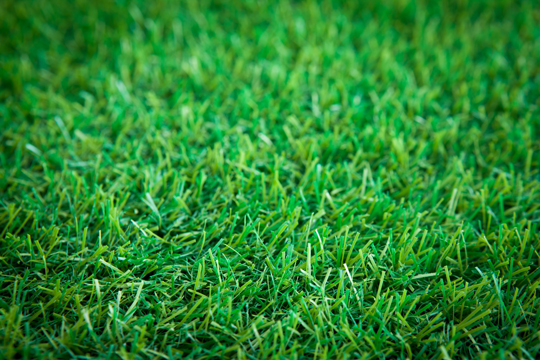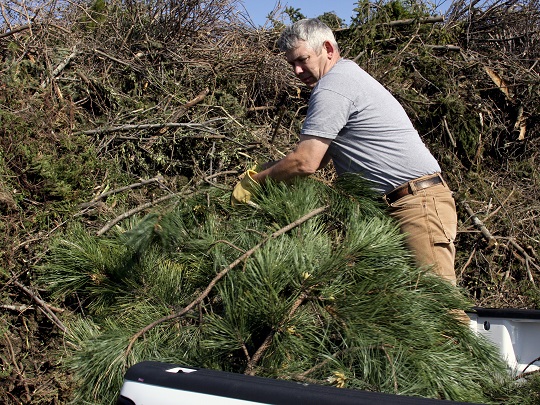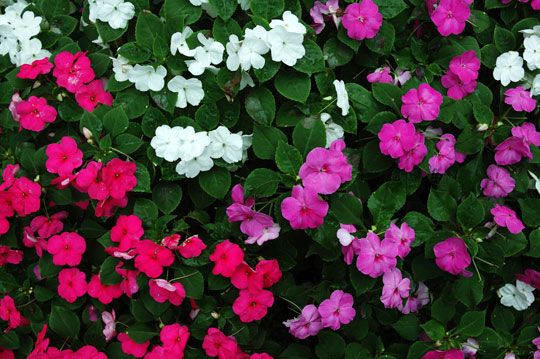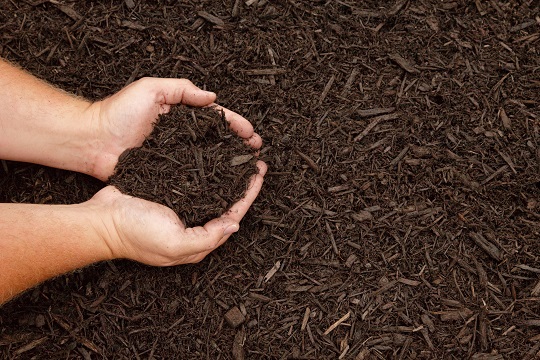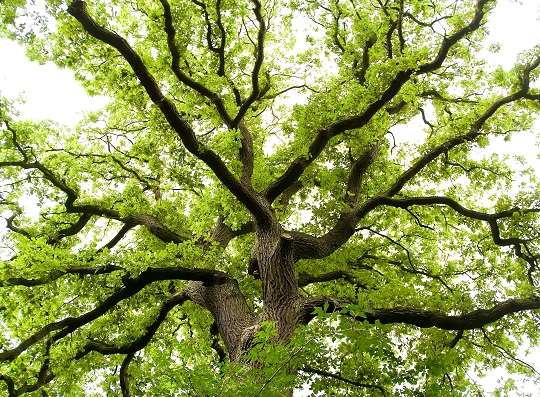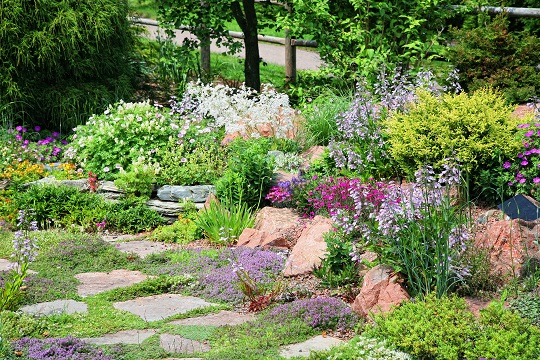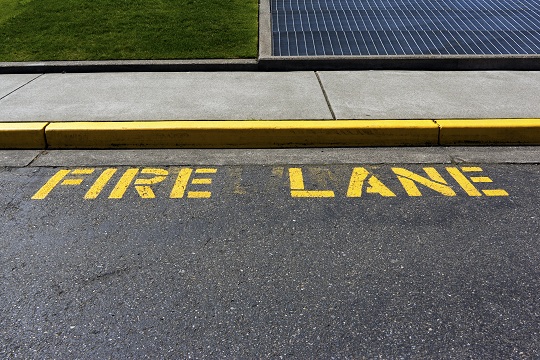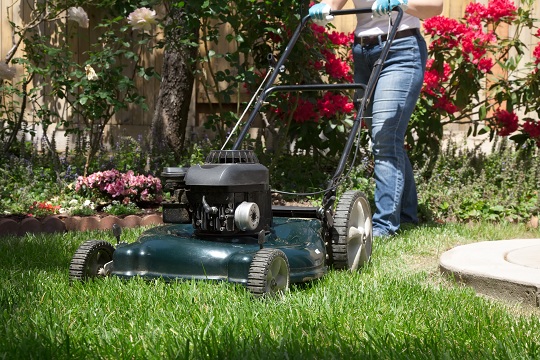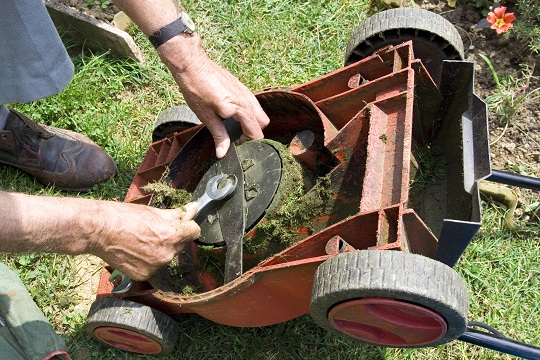
We’ve all been there: mowing the lawn on a hot summer’s day, trying to get it done, when the lawn mower just stops running. Luckily, there are a few tricks you can try to troubleshoot your lawn mower’s issues.
Lawn Mower Problems Troubleshooting
1. Check your gas tank. Is it filled? Needless to say that once a lawnmower runs out of fuel, it won’t start up – fill it to a significant amount to make sure that this isn’t the problem before continuing the troubleshooting.
2. Make sure that the gas is being fed into the engine by inspecting the flow of gas (check for any blockages in the pipelines, etc). Clean up any pipe buildups if there are any and continue. Also check to see if the incline (slope) on the pipelines naturally feeds the gas into the engine.
3. Check to see that the pull (the handle that you pull on to start up the engine) is smooth – if you are having difficulty pulling the pull, this means that there is a mismatch in the internal combustion engine (the engine that propels the blades cutting the grass)
4. If you are having a problem with the pull or if the lawnmower still isn’t starting up after going through these checks, it’s time to check the internal engine. Undo the screws on the external shell of the lawnmower to reveal the engine inside – and take a look to see if any parts are damaged or worn.
5. Check also to see that there are no gas leaks from the pipelines or the engine.
6. Finally check to see if the oil is fresh – unchanged/stale oil can wear out the engine much faster.
My Lawnmower Won’t Cut Grass
1. If your lawn mower is running properly, but will not cut the grass, check the blades of your lawnmower. Turn off the engine and try to turn the blades manually while the mower is upside down.
2. Check to see that the rotor spinning the blades is connected to the engine and check to see if the engine is working. If the engine is working but the blades are not turning, check the connection between the rotor and the engine.
3. Check to see if the blades are dull as well. Unbalanced or dull blades can throw off the balance of the lawnmower – look for replacement blades in your local utility store if this is the case. Also check to see that the blades are set low enough on the mower that they will actually cut grass instead of just hovering in the air.
Additional Help
If you feel like you need professional help on lawn mower problems troubleshooting, or if you would like to find a lawn service, just use TalkLocal. We will connect you with up to three landscaping professionals in your area, who will be able to help you out.

